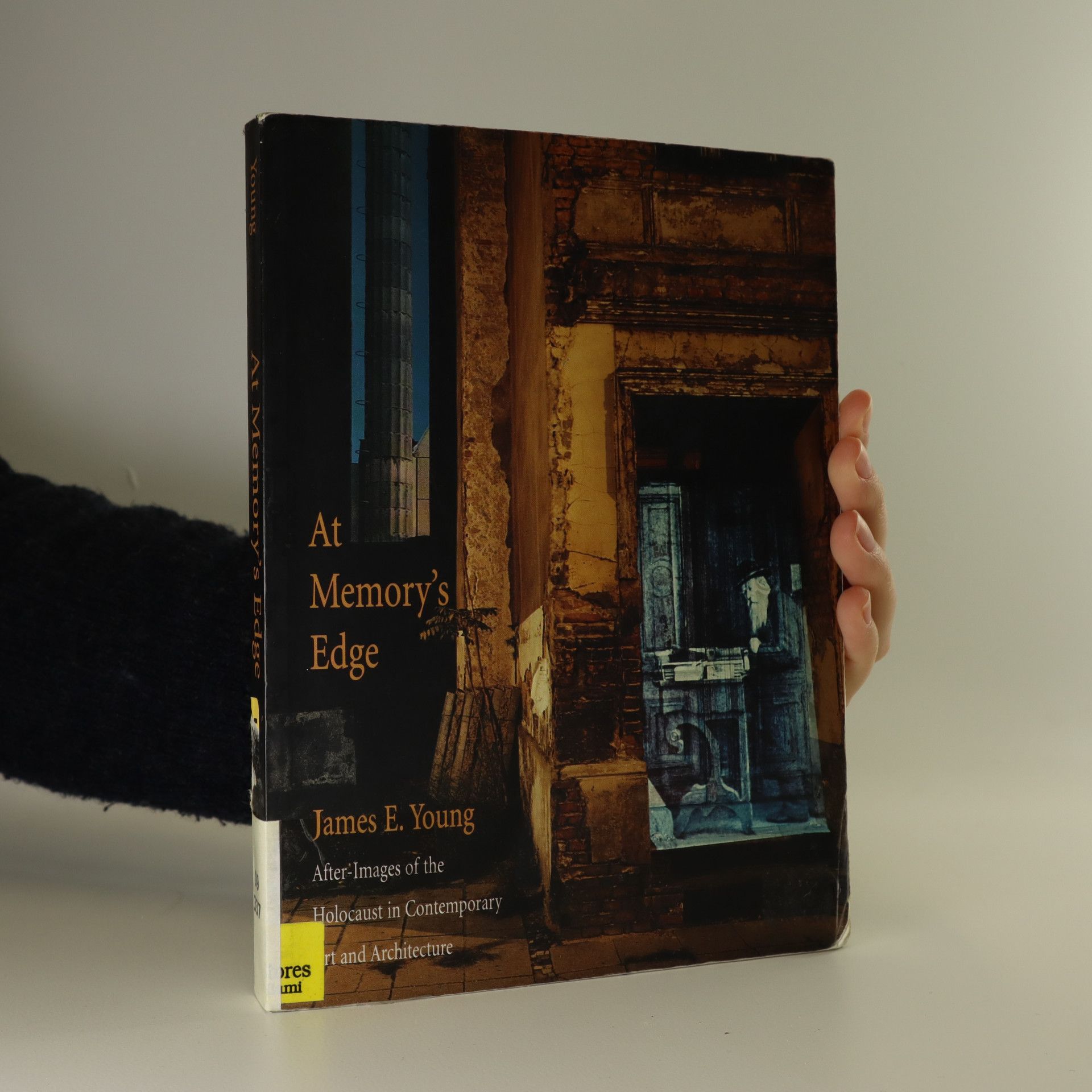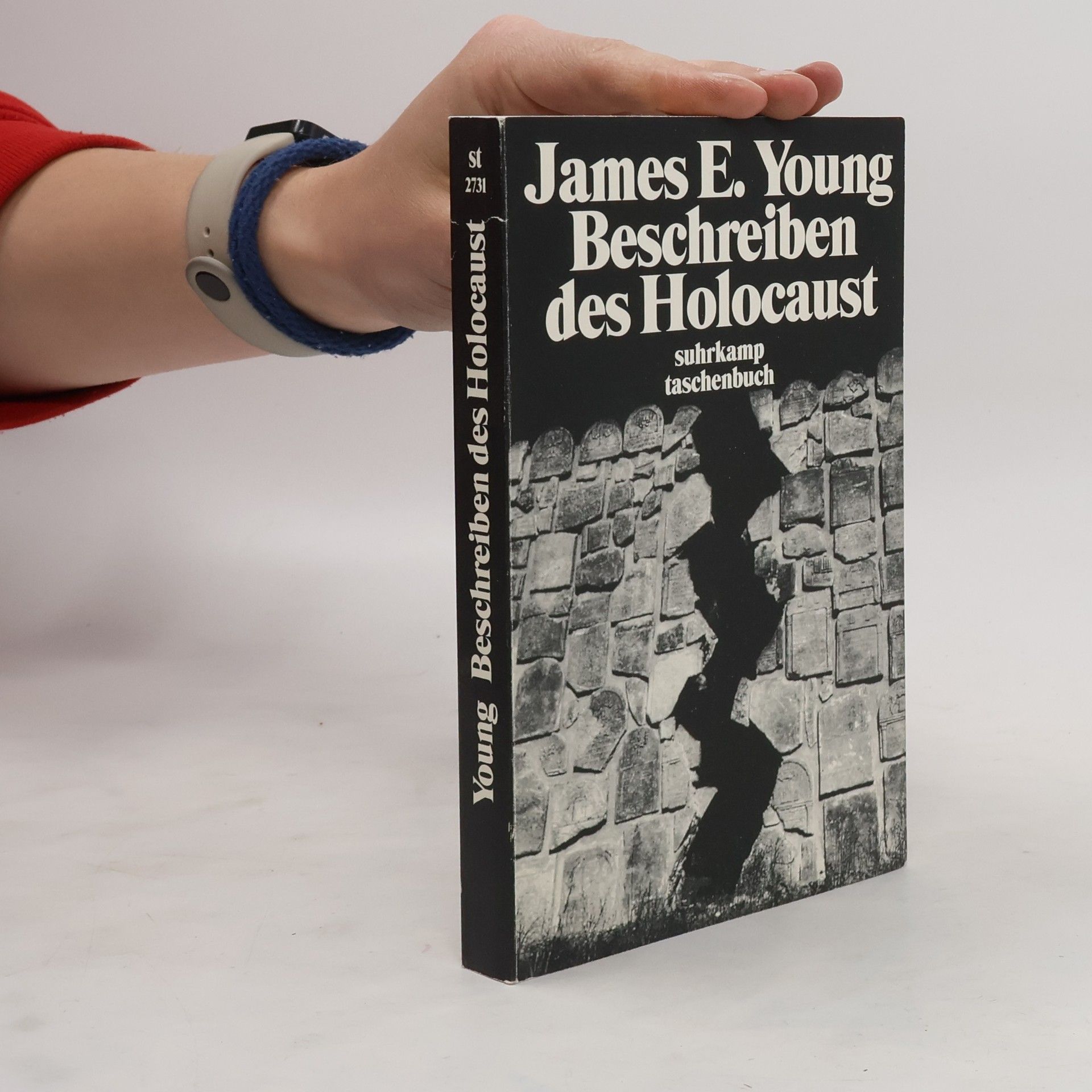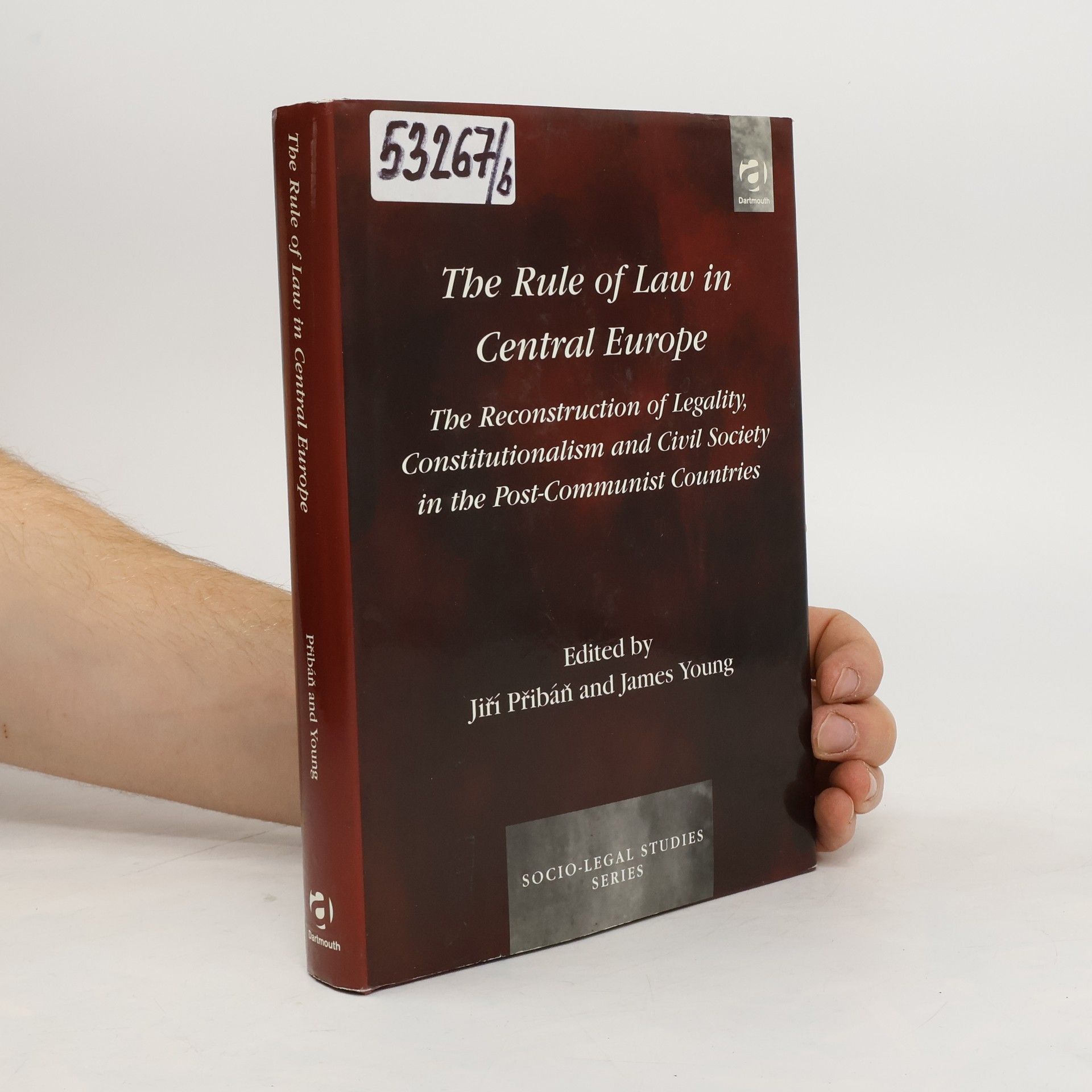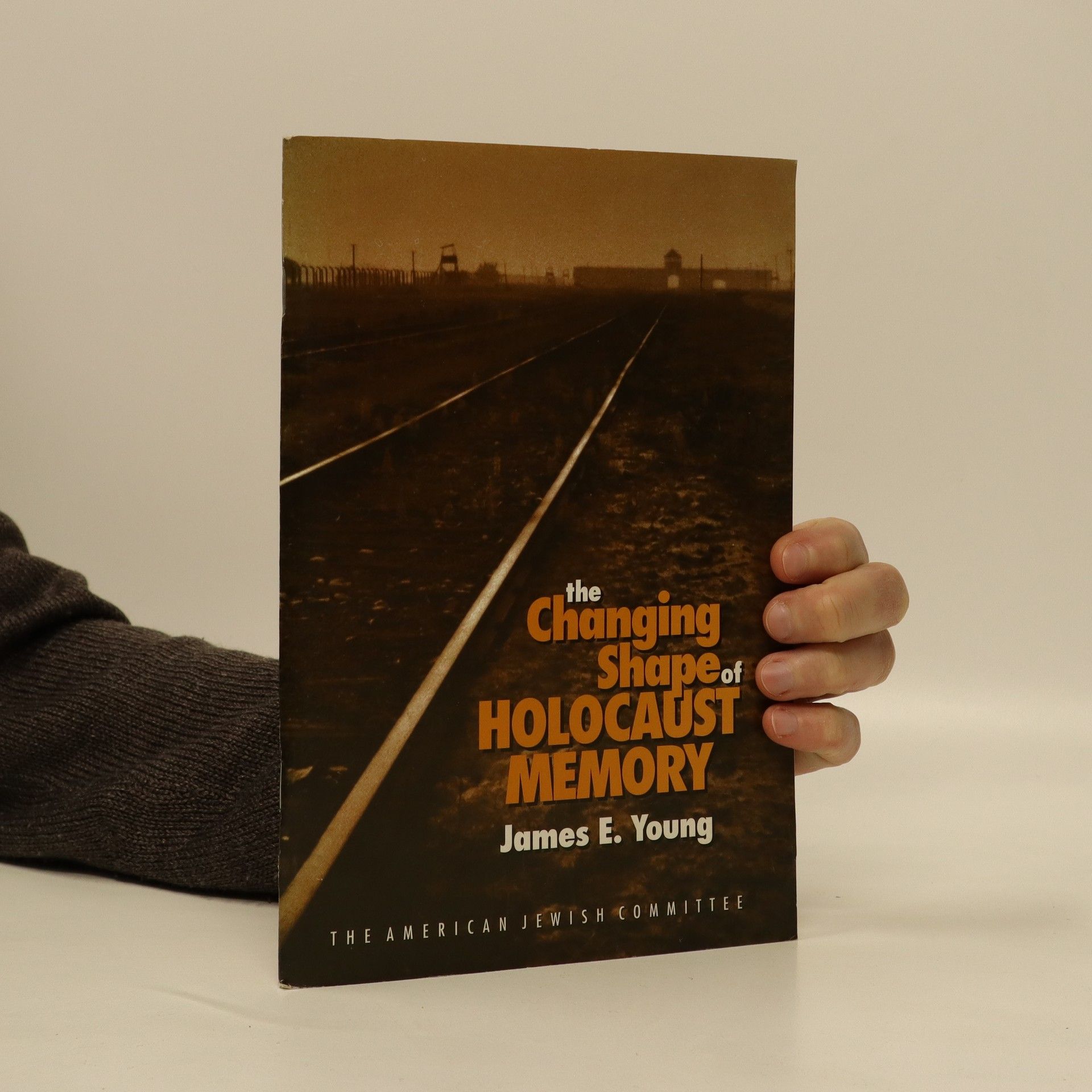James E. Young Bücher
N/A






Formen des Erinnerns
Gedenkstätten des Holocaust
In dieser ungewöhnlichen Denkschrift, die den Fokus von der Tragödie der Auschwitzmorde selbst auf die Ikonographie ihrer Denkmäler lenkt, untersucht James E. Young Mahnmale und Museen des Holocaust in Polen, Deutschland, Israel und den Vereinigten Staaten und beleuchtet wie jede Nation gemäß ihrer eigenen Traditionen, Ideale und Erfahrungen des Holocaust gedenkt und welchen Ort diese Denkmäler im zeitgenössischen ästhetischen und architektonischen Diskurs einnehmen. Young analysiert den polnischen „Erinnerungstourismus“ ebenso wie das schizophrene Verhältnis Deutschlands zu seiner Vergangenheit, die israelische Strategie des „Erinnerns und Vergessens“ ebenso wie die Befrachtung des Gedenkens in den Vereinigten Staaten mit den genuin amerikanischen Idealen „Freiheit“ und „Pluralismus“. Zahlreiche Abbildungen illustrieren die Struktur der Erinnerung in ihren vielfältigen Ausformungen. Das Buch gewann den National Jewish Book Award for the book on the Holocaust.
The Venice Ghetto
- 296 Seiten
- 11 Lesestunden
The Venice Ghetto was founded in 1516 by the Venetian government as a segregated area of the city in which Jews were compelled to live. This interdisciplinary collection engages with questions about the history, conditions, and lived experience of the Ghetto, including its legacy as a compulsory, segregated, and enclosed space.
At Memory's Edge
- 256 Seiten
- 9 Lesestunden
How should Germany commemorate the mass murder of Jews committed in its name? In 1997, James E. Young joined a German commission tasked with designing a national memorial in Berlin for the European Jews killed during World War II. As the only foreigner and Jew on the panel, Young gained a unique perspective on Germany's complex efforts to memorialize the Holocaust. He recounts the inside story of Germany's national Holocaust memorial and his role in it. Young explores the broader question of how contemporary artists, who never experienced the Holocaust directly, can remember such a profound event. He examines works by vanguard artists in America and Europe—like Art Spiegelman, Shimon Attie, David Levinthal, and Rachel Whiteread—who were born after the Holocaust yet are deeply influenced by its memory through memoirs, films, photographs, and museums. Addressing the moral and aesthetic challenges posed by these avant-garde projects, Young provides insights into the controversy surrounding Berlin's Jewish museum, designed by Daniel Libeskind, and Germany's national Holocaust memorial, designed by Peter Eisenman. Illustrated with striking images, this book chronicles these projects and reflects on how we remember the Holocaust through its enduring legacy.
Explores Holocaust monuments and museums in Europe, Israel, and America and observes that every nation remembers the Holocaust according to that region's own traditions, ideals, and experiences.
Nico, Songs They Never Play on the Radio
- 240 Seiten
- 9 Lesestunden
Fully updated with a new introduction, this is the story of Nico, former model, film actress, singer with the Velvet Underground and darling of Andy Warhol's factory, when the world had all but forgotten her.In 1982 Nico was living in Manchester, interested mainly in feeding her heroin habit. Local promoter Alan Wise ('Dr Demetrius') hired musicians, rented a van and set off with the band on a tour of Italy. James Young played keyboards for Nico throughout this period.Over six years, until her death in 1988, Nico toured the world, encountering poets, artists, gangsters, losers and drifters. Fellow-spirits including John Cale, Allen Ginsberg, Gregory Corso and John Cooper Clarke are among those who appear in this classic memoir of Nico 'the last bohemian'.
The Rule of Law in Central Europe
- 277 Seiten
- 10 Lesestunden
First published in 1999, this volume is a series of essays on the countries of Central Europe. The essays explore the post-1989 establishment of the rule of law and civil society. It brings together analysis and perceptions from social scientists, political scientists and lawyers, seeking through particular issues to explore the similarities and differences between different countries. While other books have explored the changes in former Soviet Block countries since 1989, the book’s distinctiveness lies in three its concentration on Central Europe a concept explored in the book; giving fuller attention to the Czech Republic and Slovakia than other post-communist studies often do; providing perceptions of scholars from different disciplines.

